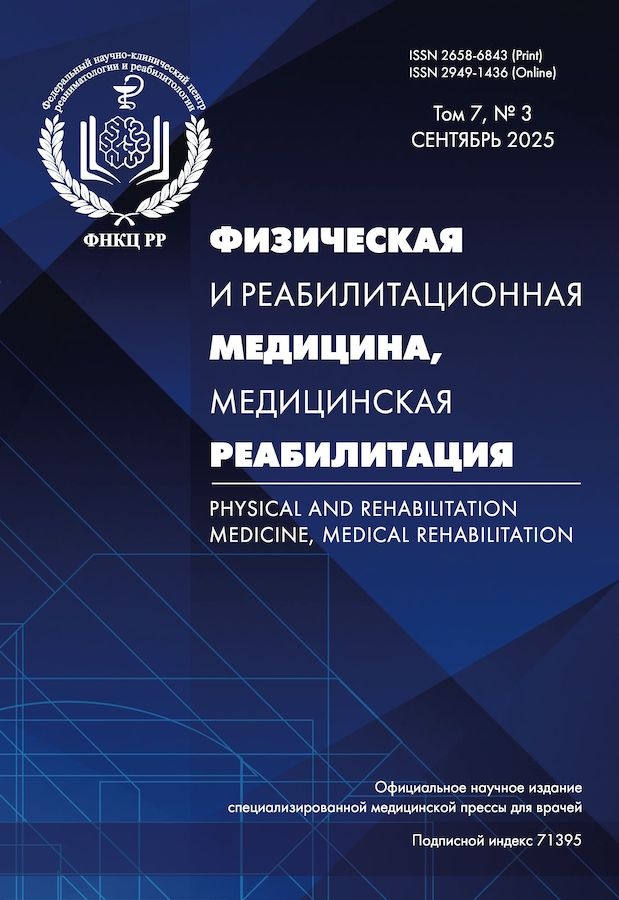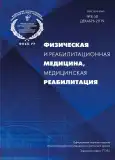Ведение пациентов в послеоперационном периоде после выполненной малоинвазивным доступом артропластики тазобедренного сустава
- Авторы: Николаев НС1, Ефимов АВ1, Петрова РВ1, Ковалев ДВ1, Иванов МИ1
-
Учреждения:
- ФГБУ «Федеральный центр травматологии, ортопедии и эндопротезирования» Минздрава России
- Выпуск: Том 1, № 4 (2019)
- Страницы: 32-38
- Раздел: Статьи
- URL: https://bakhtiniada.ru/2658-6843/article/view/19214
- DOI: https://doi.org/10.36425/2658-6843-2019-4-32-38
- ID: 19214
Цитировать
Полный текст
Аннотация
Полный текст
Открыть статью на сайте журналаОб авторах
Н С Николаев
ФГБУ «Федеральный центр травматологии, ортопедии и эндопротезирования» Минздрава России
А В Ефимов
ФГБУ «Федеральный центр травматологии, ортопедии и эндопротезирования» Минздрава России
Email: aefimov@orthoscheb.com
Р В Петрова
ФГБУ «Федеральный центр травматологии, ортопедии и эндопротезирования» Минздрава России
Email: rpetrova@orthoscheb.com
Д В Ковалев
ФГБУ «Федеральный центр травматологии, ортопедии и эндопротезирования» Минздрава России
М И Иванов
ФГБУ «Федеральный центр травматологии, ортопедии и эндопротезирования» Минздрава России
Список литературы
- Шубняков И.И., Тихилов Р.М., Николаев Н.С., Григоричева Л.Г., Овсянкин А.В., Черный А.Ж., Дроздова П.В., Денисов А.О., Вебер Е.В., Кузьмина И.В. Эпидемиология первичного эндопротезирования тазобедренного сустава на основании данных регистра артропластики РНИИТО им. Р. Р. Вредена // Травматология и ортопедия России. 2017. №2. [URL: https://cyberleninka.ru/article/n/epidemiologiya-pervi-chnogo-endoprotezirovaniya-tazobedrennogo-sustava-na-osnovanii-dannyh-registra-artroplastiki-rniito-im-r-r-vredena (дата обращения: 12.09.2019)].
- Андреева Т.М., Огрызко Е.В., Попова М.М. Injuries, orthopedic morbidity, the status of trauma and orthopedic care to the population of Russia in 2017. // Ежегодный статистический сборник. Минздрав России, ФГБУ «НМИЦ ТиО им. Н.Н. Приорова». // М.; типогр. «Телер». 2018. С.148-149.
- Федеральные клинические рекомендации «Реабилитация при эндопротезировании тазобедренного сустава в специализированном стационарном отделении». Москва. 2014г.
- Джилес Р. Скудери, Альфред Дж. Триа. Минимально инвазивные вмешательства в ортопедии. // М.: изд. Панфилова. 2014. Т.1. 424с.
- Николаев Н.С., Петрова Р.В., Иванов М.И., Фадеева У.Г. Об итогах реализации пилотного проекта «Развитие системы медицинской реабилитации в Российской Федерации» при оказании реабилитационной помощи после эндопротезирования тазобедренного сустава. // Вестник восстановительной медицины. - 2017. - №4. - С. 2-10.
- Приказ Минздрава России от 12 ноября 2012г. №901н «Об утверждении Порядка оказания медицинской помощи населению по профилю «Травматология и ортопедия».
- Буйлова Т.В, Цыкунов М.Б., Карева О.В., Кочетова Н.В. Федеральные клинические рекомендации. Реабилитация при эндопротезировании тазобедренного сустава в специализированном отделении стационара. // Вестник восстановительной медицины. 2016. №5. - С. 94-102.
Дополнительные файлы







